Lost in Representation
Tropical A(ir)esthesis as a thesis project begins with exploring architectural representations of the tropical air – the nuances of its presence situated within domestic spaces. Employing representational techniques familiar with-in and with-out the discipline, the thesis identifies each technique with a specific trait of the tropical air: the story-telling and the story itself.
The Outcast
The exploration leads to a development of a critical methodology for documenting and representing the author’s personal day-to-day experience with the tropical atmosphere. This methodology relates to the discipline through a critique of the universal architectural scale, attempting to cast out architectural conventions and tropicalise the universal scale figure – the Vitruvian man and the Modulor – resulting in an imaginative modification to ubiquitous furniture and architectural fittings.
Representation of such architectural drawings uses liquid latex as the main canvas for tropical air to present itself as the subject of matter. The process of producing such drawings considers the extent of detail to ensure legibility and the technicalities of casting liquid latex – which is highly responsive to the climate of its immediate surrounding. The result is a trio of palimpsestic climate-responsive X-ray projection drawings.
The Dust Home
Translation of the design exploration produces a residential prototype that defies norms of present public housing in Singapore, suggesting an alternative way of living in the tropics.
The new HDB prototype accounts for air as a co-inhabitant with humans, creating a wind corridor that connects all openings throughout the house and simultaneously serves as common living spaces. Presence of tropical air is made visible through screens, typically located at openings, built expansively to cover all areas of walls wrapping the wind corridor as traps to culminate air-borne impurities. A core with air filters is installed in the middle of every house, channelling ventilation from service spaces on ground level towards the roof, generating a mild negative pressure and dust-filtering effect within the household. The core becomes a potential point for air quality management at household level.
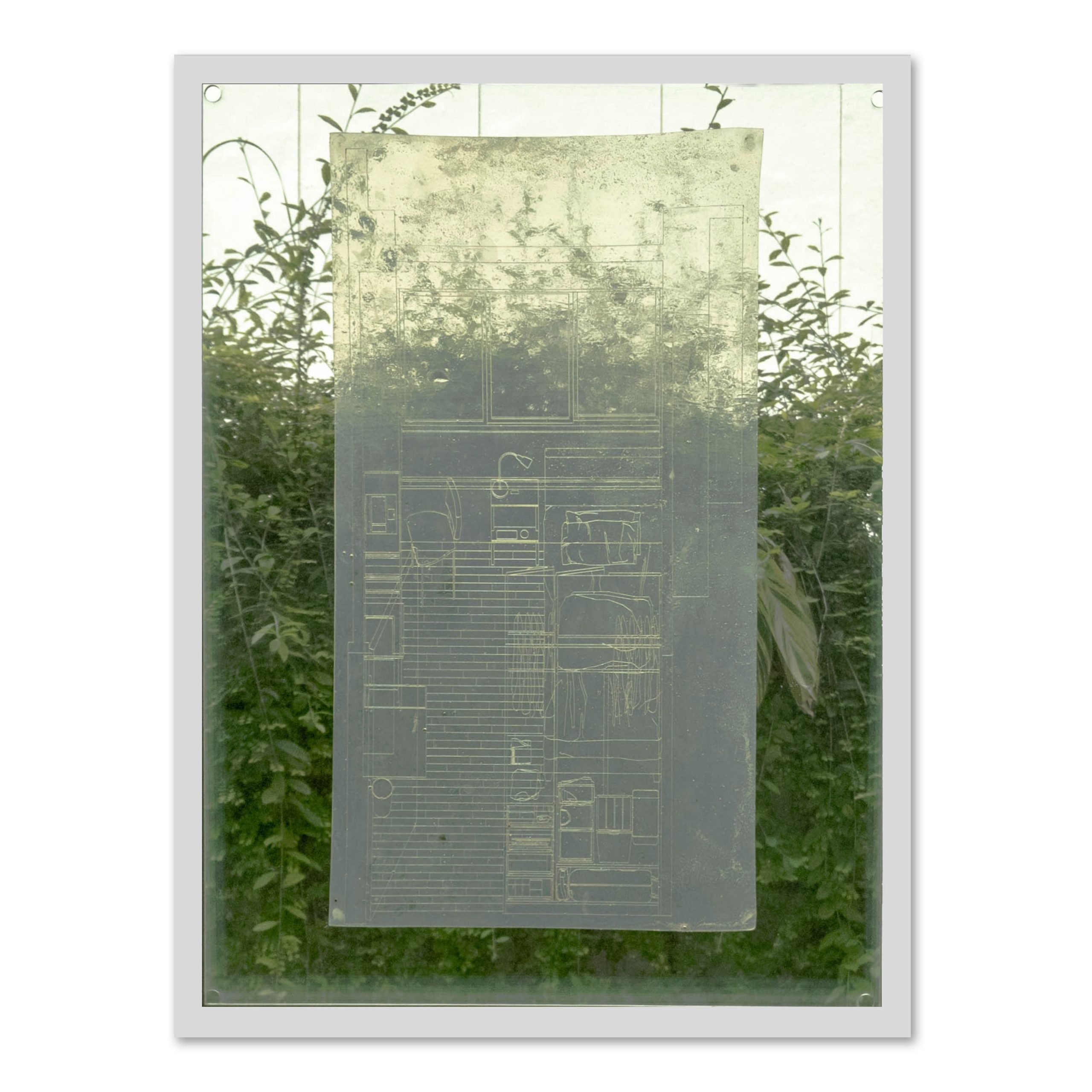
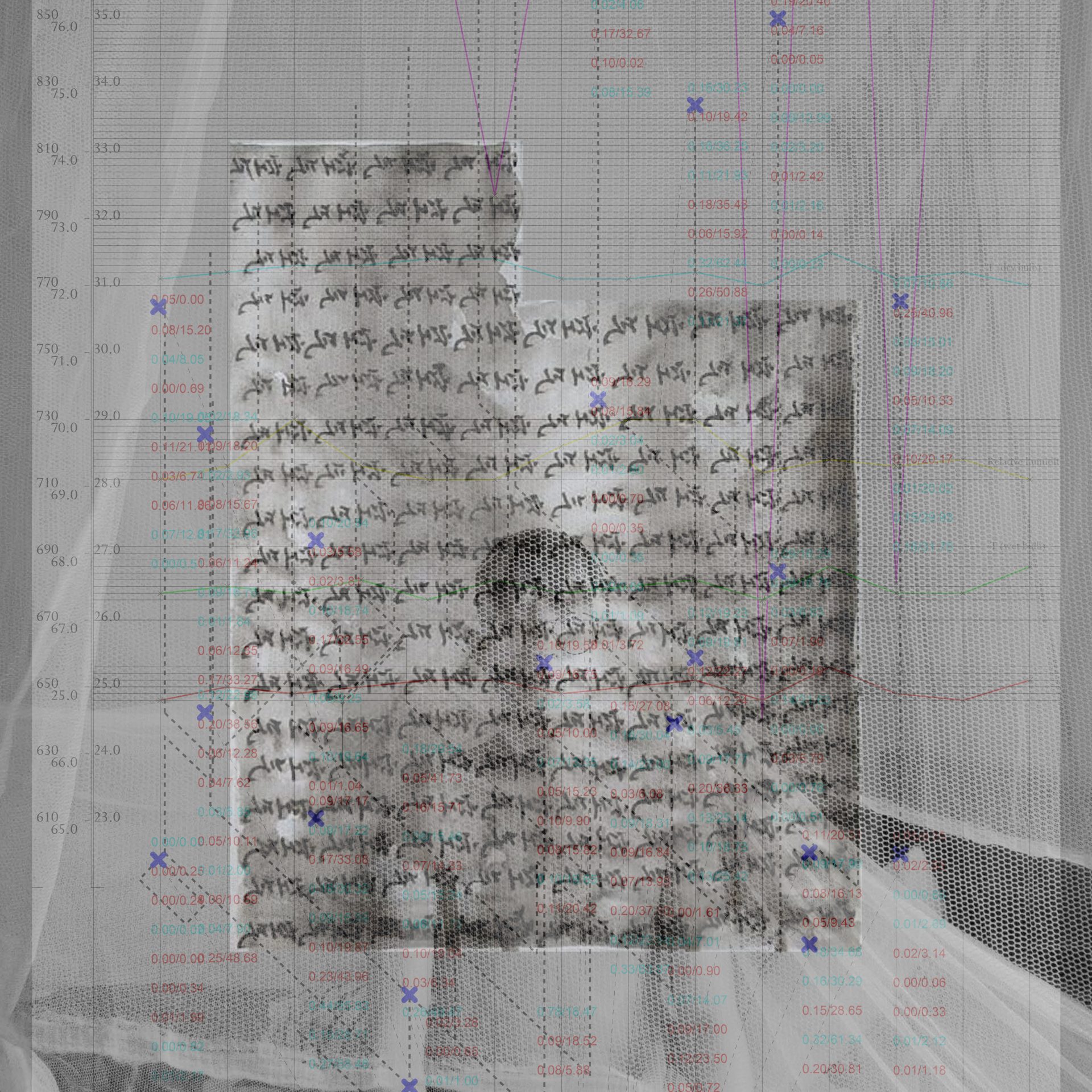
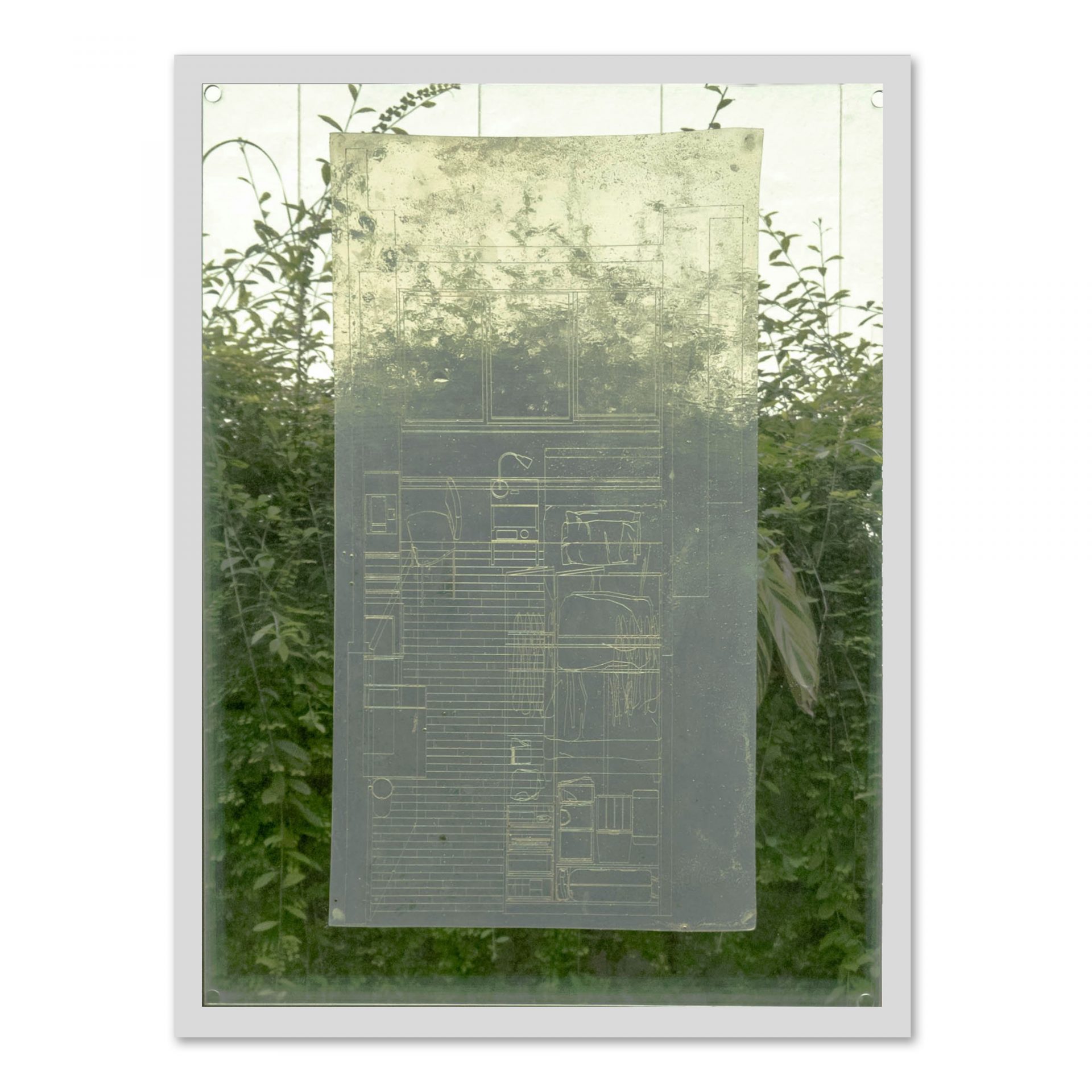
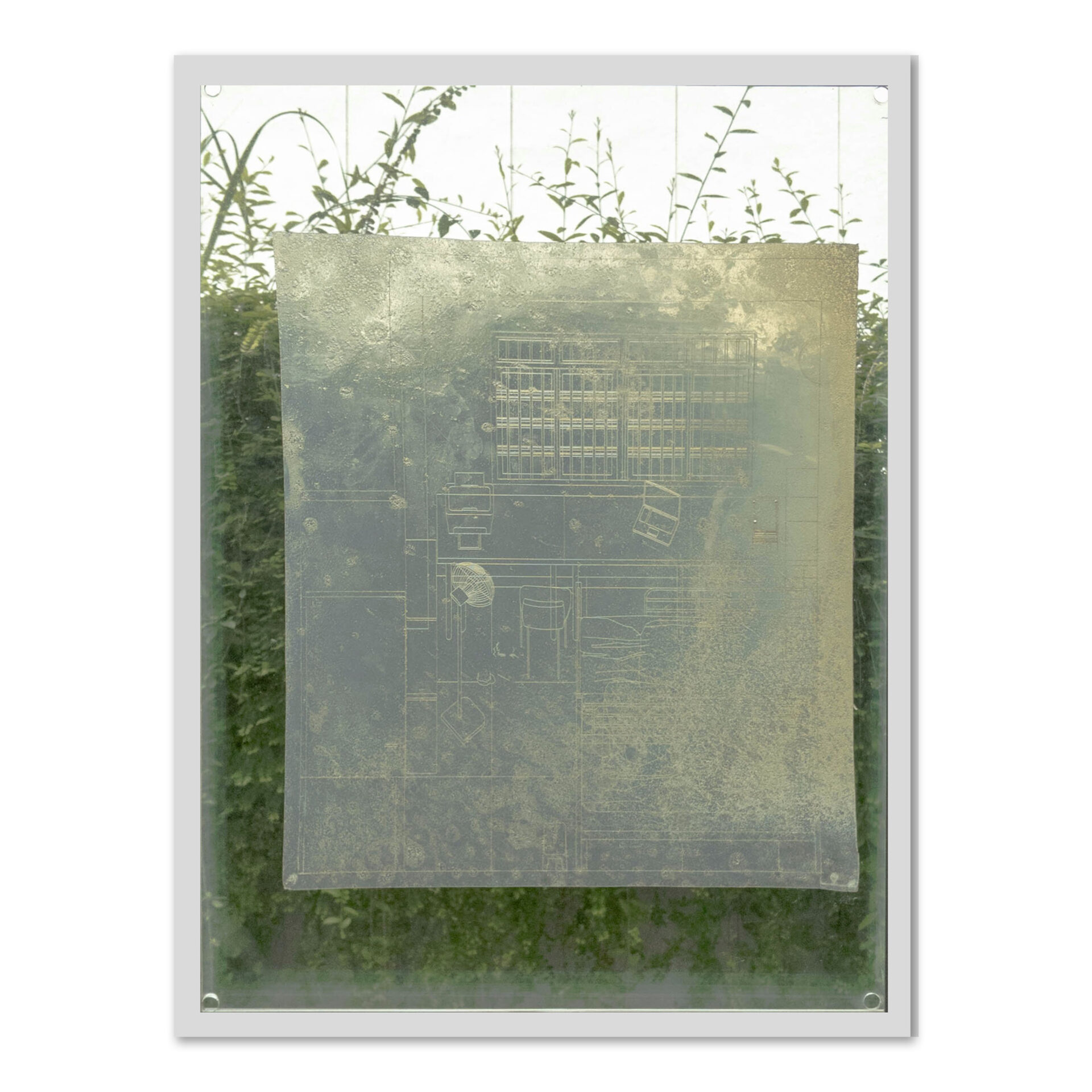
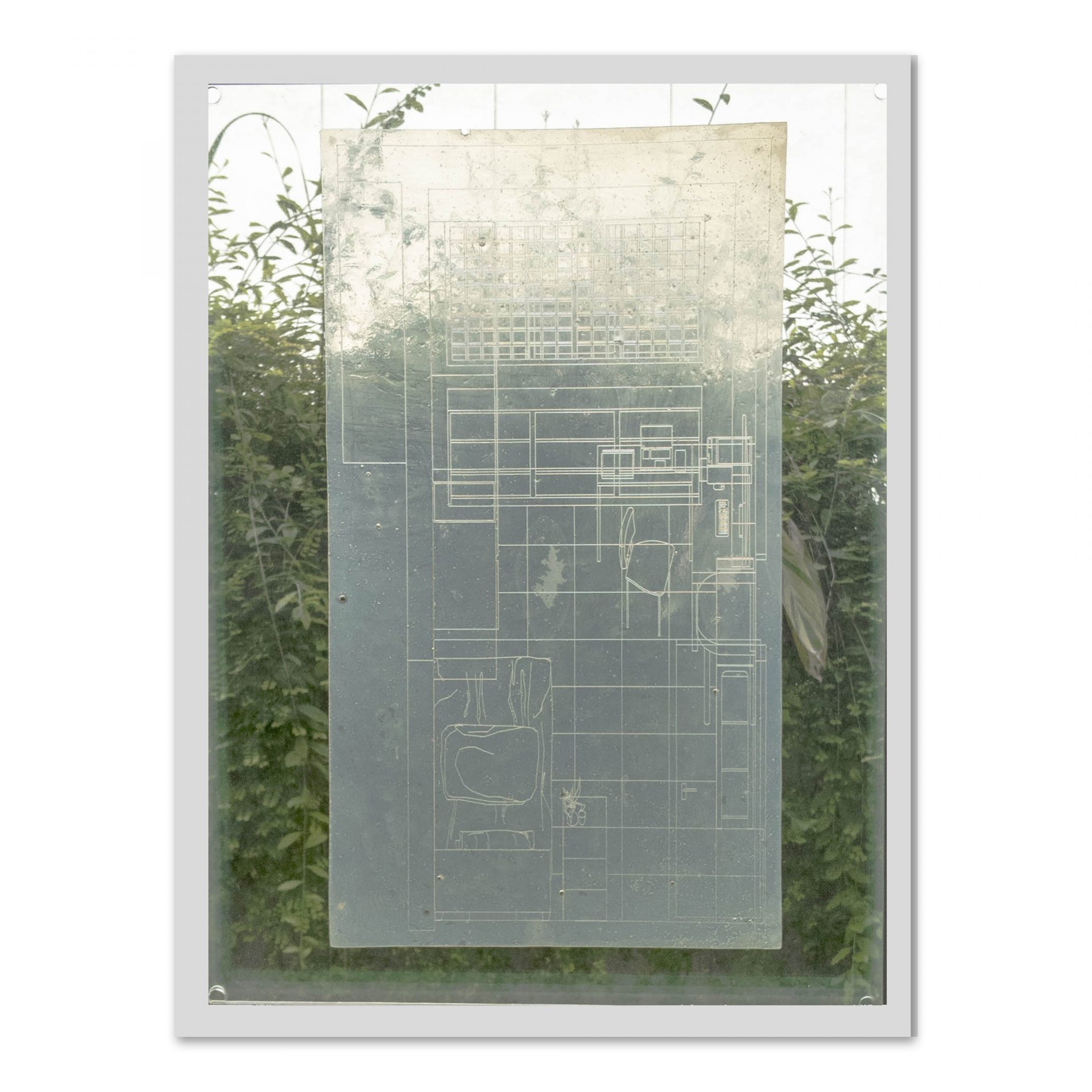
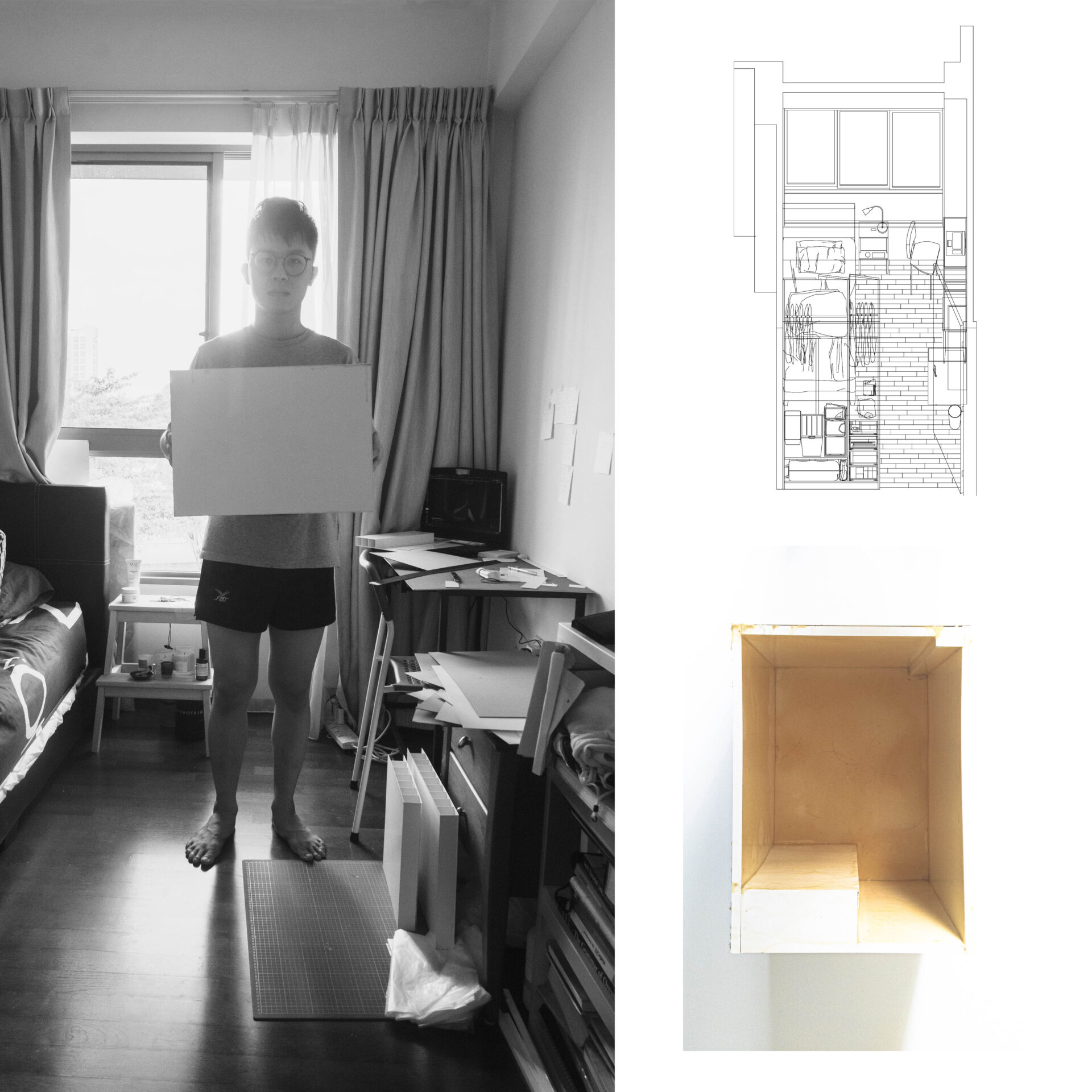
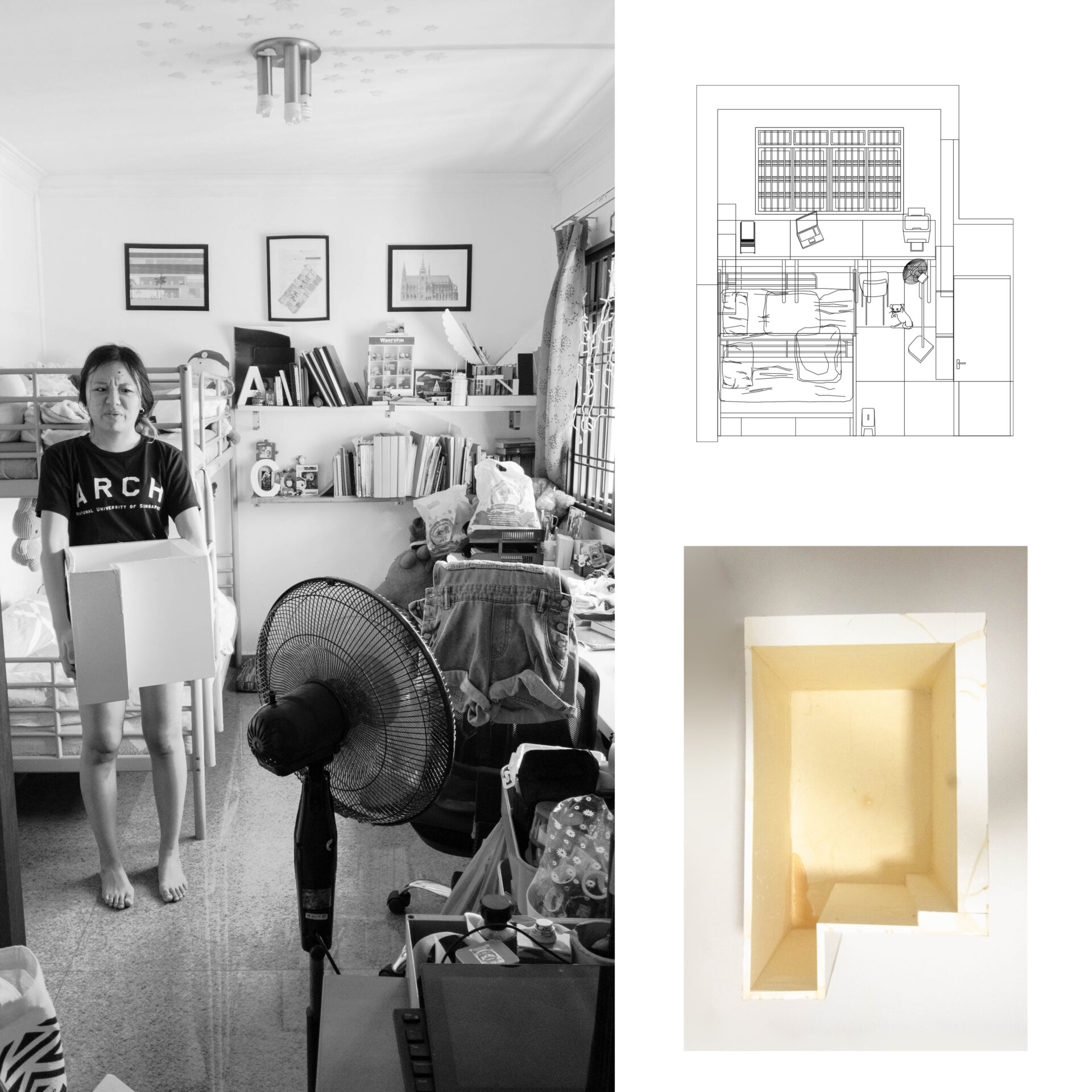
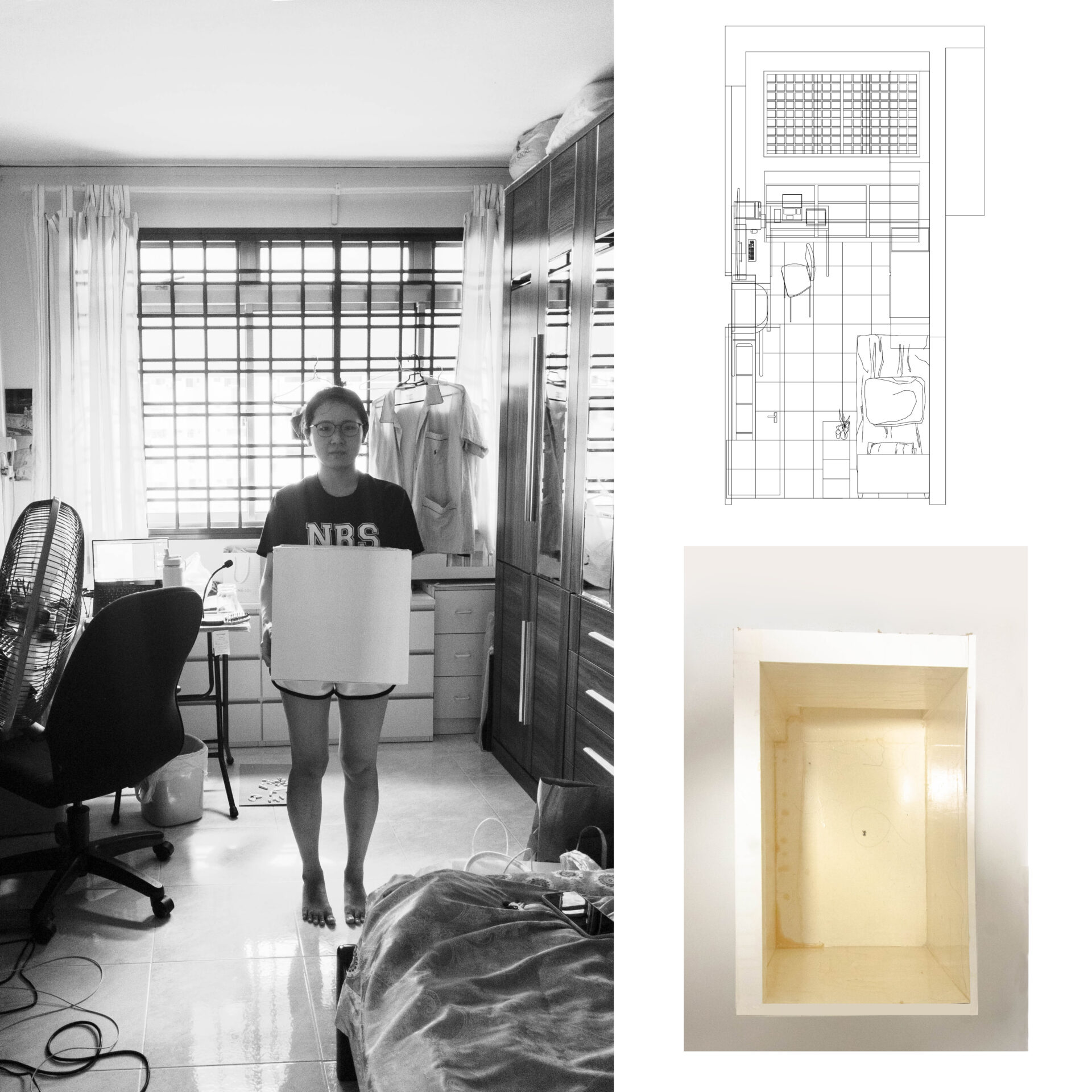
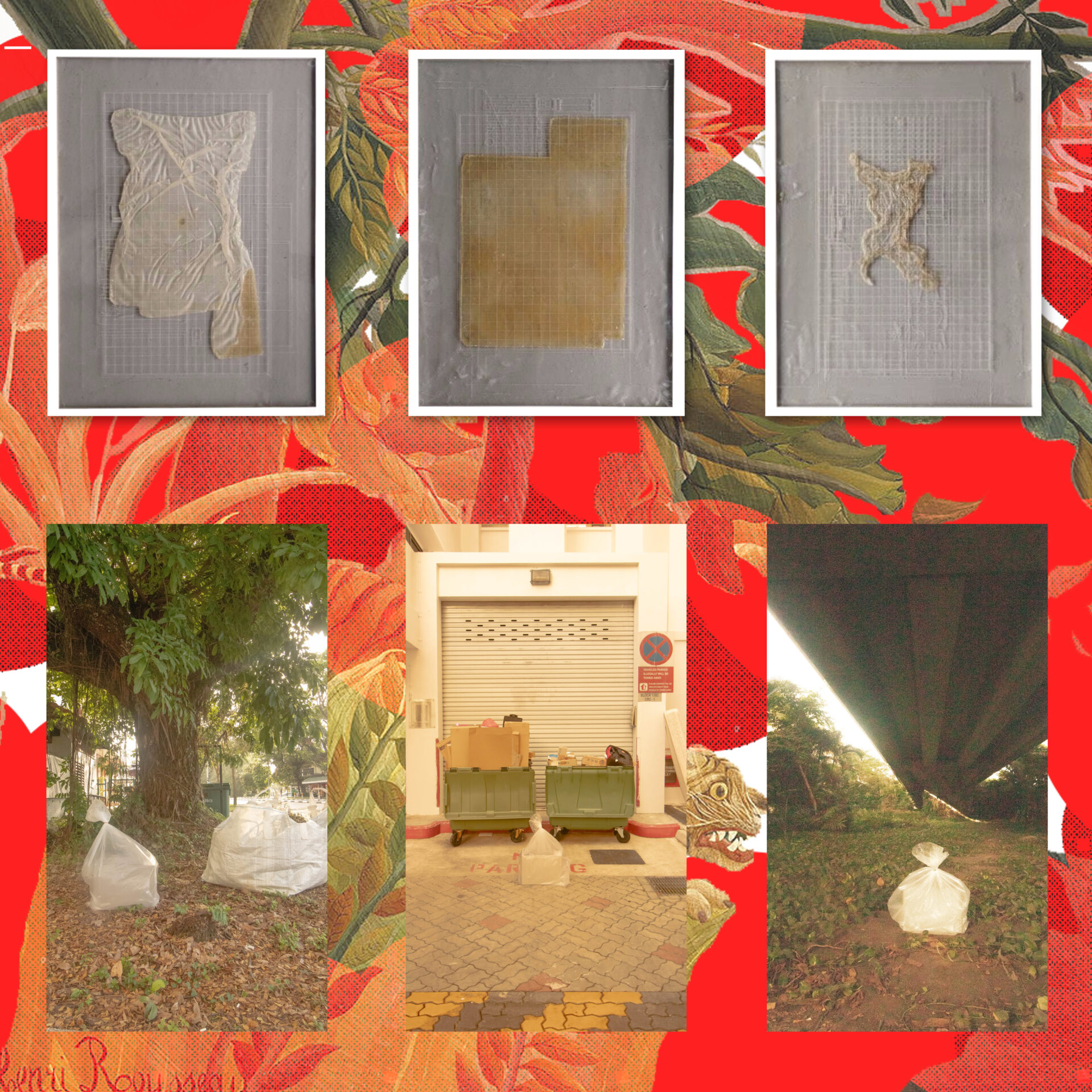
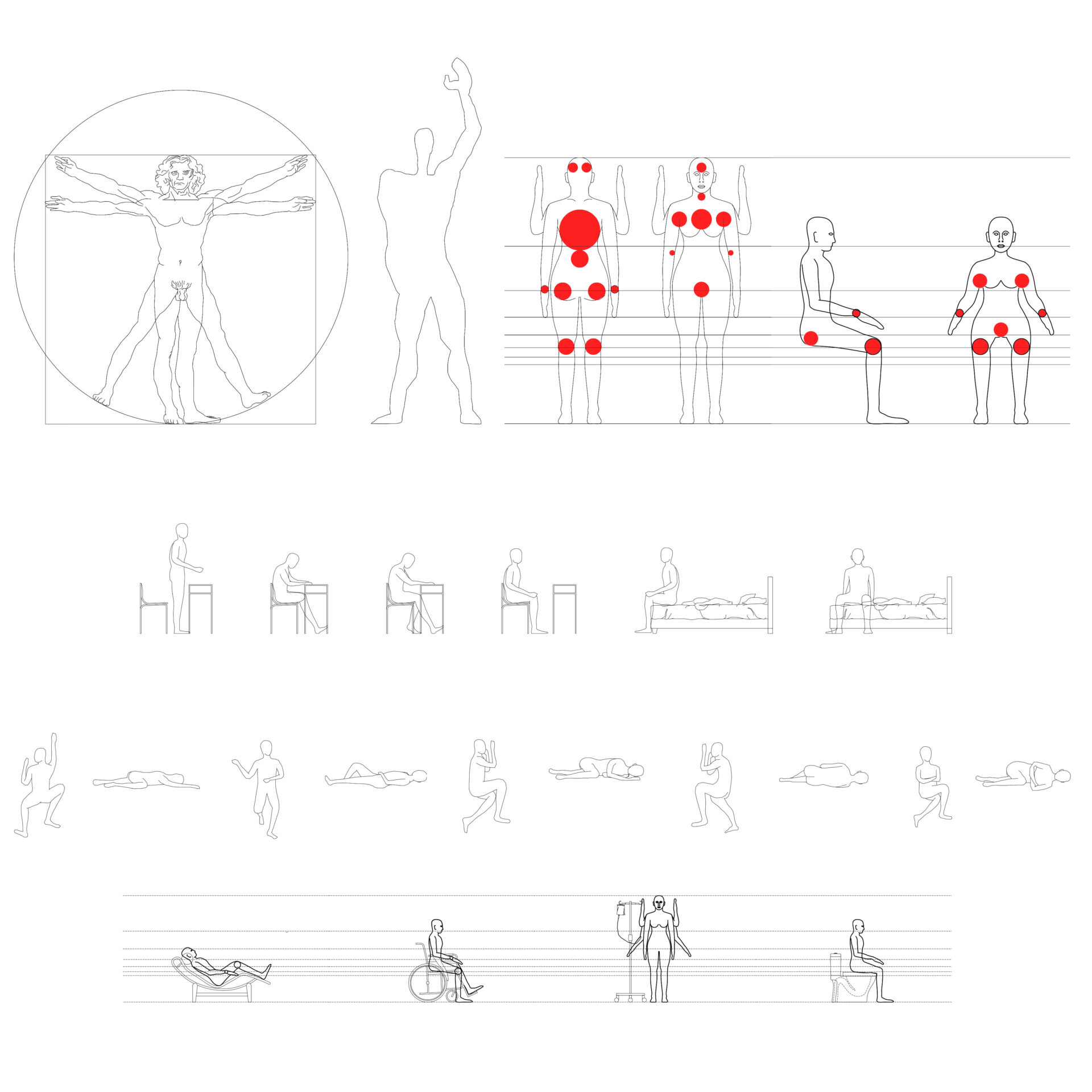

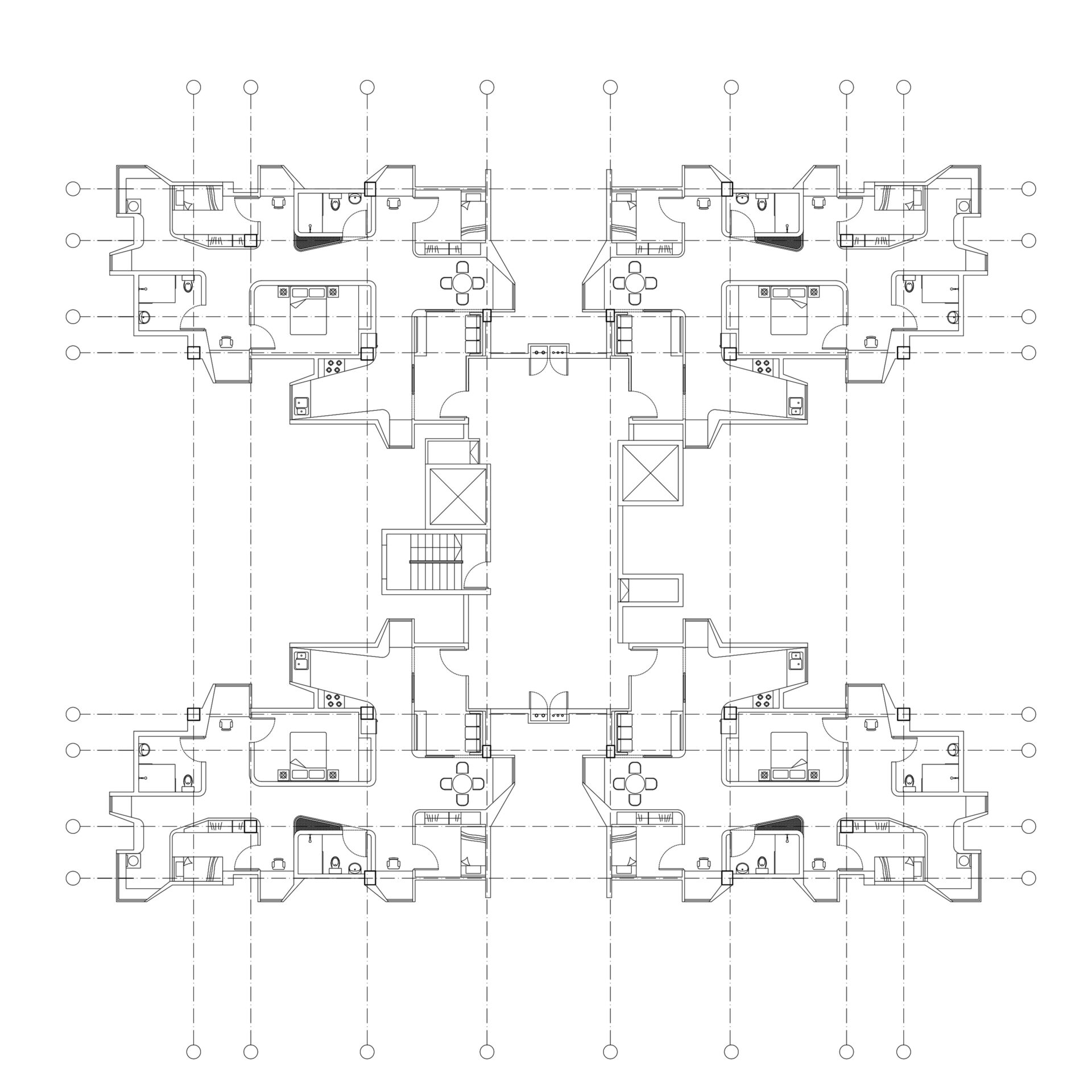
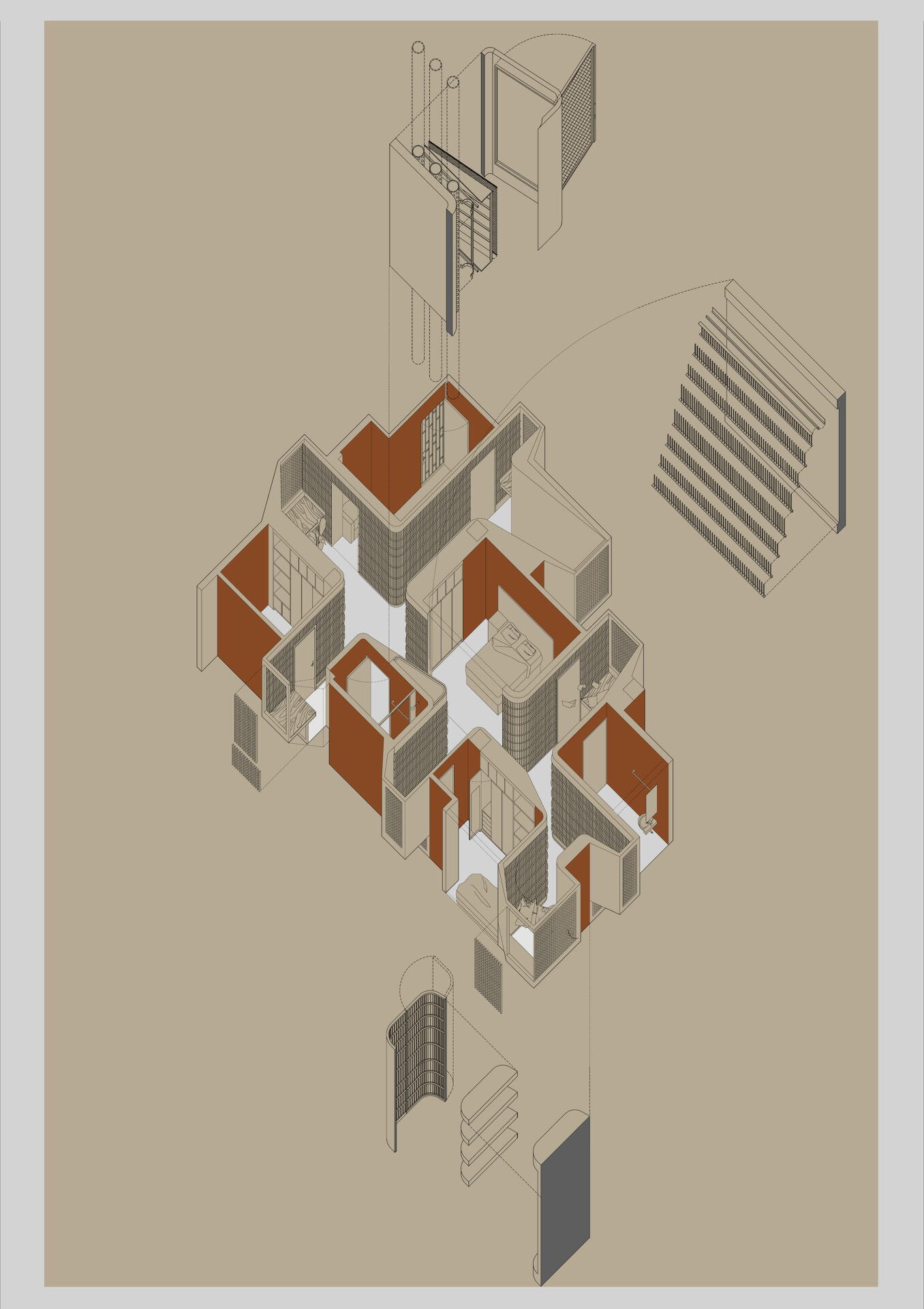
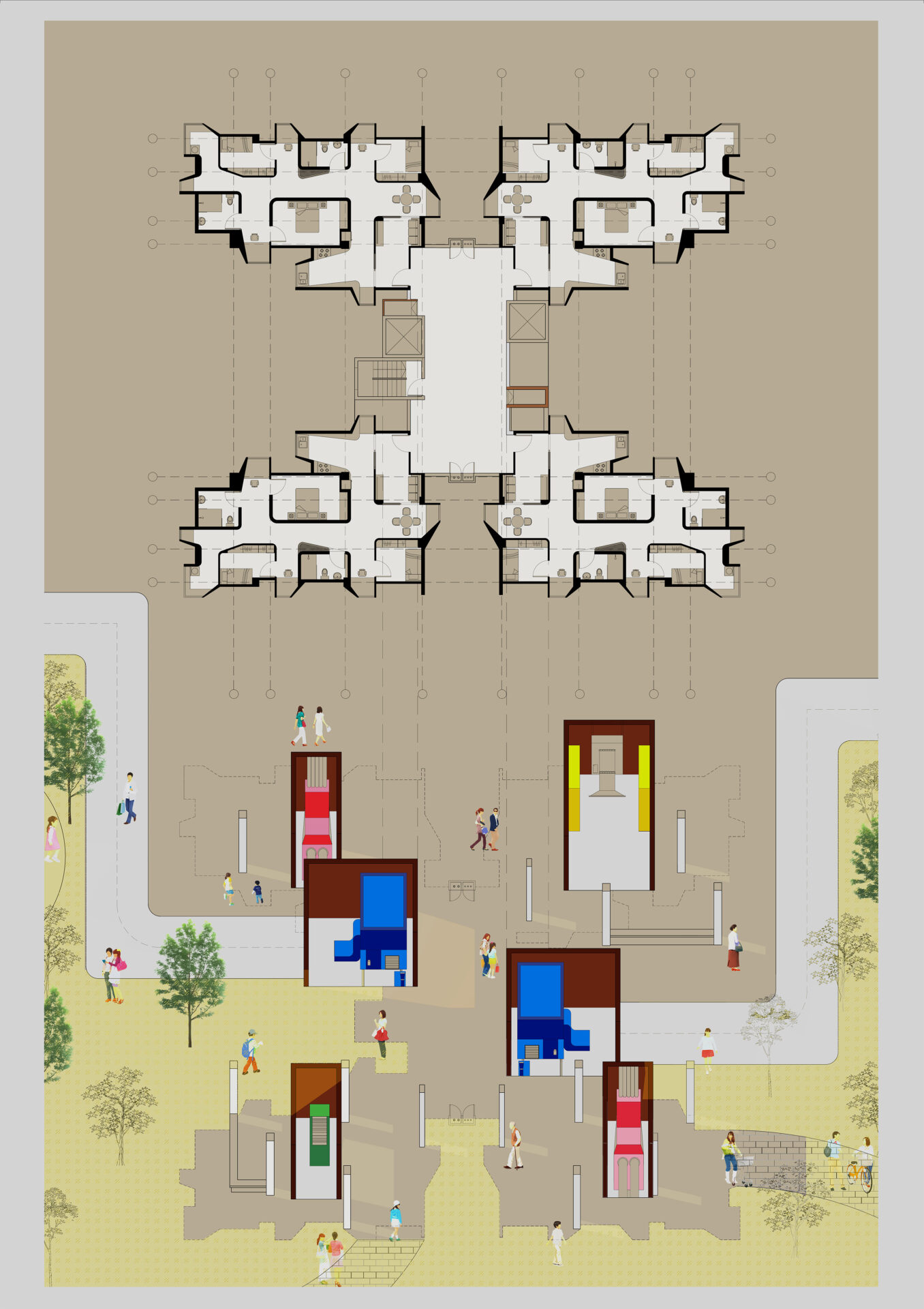
Supervisor's comments:
Representation is at the core of the discipline of architecture, crafted in the lineages of Alberti that prioritizes line, geometry and optics to describe architecture, censoring other sensorial qualities including air, breeze, smell, humidity, and thermal energy. On the equator, where air qualities are tremendously physical this thesis develops techniques of representing the equatorial air, such that it echoes back into how we design architecture on the equator. Producing multiple possible ways of looking at air in a critical manner, the consequence of the thesis exaggerates and animates equatorial air over normative techno-scientific considerations of human comfort, in favor of embedding air into the center of the discipline.
- Assoc. Prof. Erik G. L'Heureux